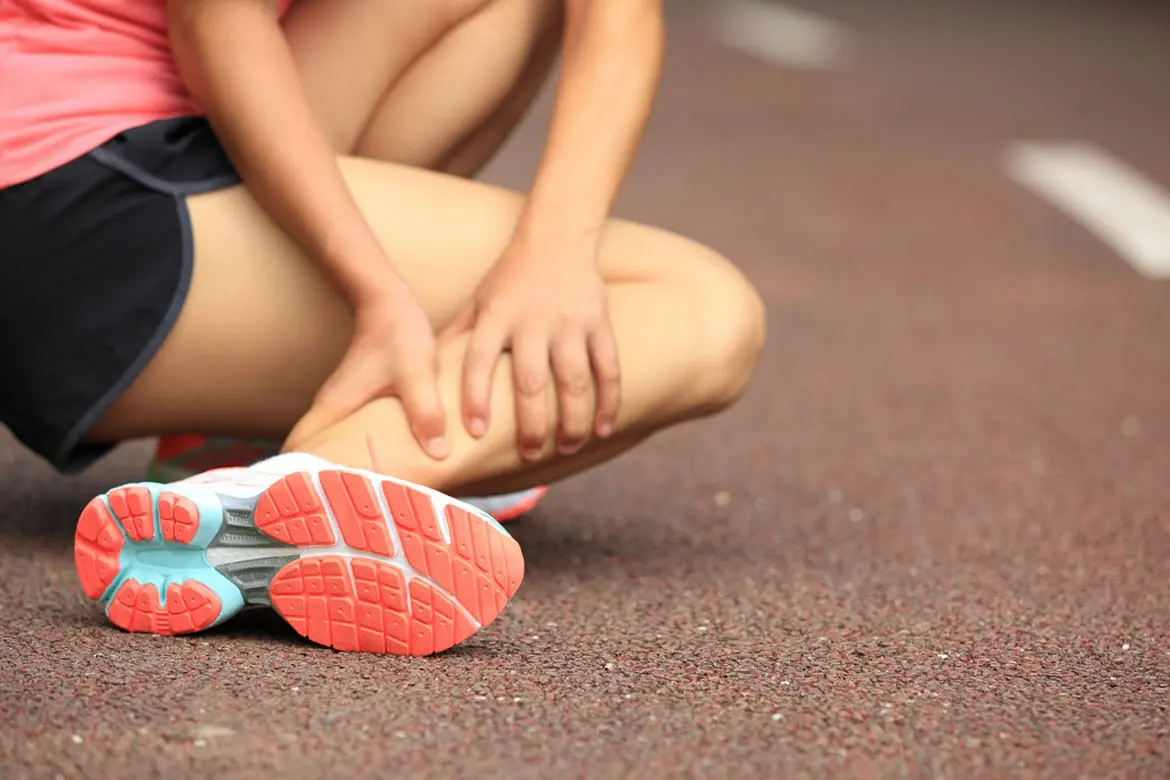With continuous research and clinical trials, orthopaedic surgeons have found an effective solution to problems, such as chronic osteoarthritis that cause knee joint pain.
A total knee replacement may be necessary to restore the mobility and function of patients who suffer from severe pain due to torn or worn out cartilage. Most people choose this procedure over partial replacement, as it provides a higher percentage of success and receives more trust votes from experienced surgeons.
What can you look forward to after getting your new knee?
A large percentage of patients report significant improvements in their mobility and the way they feel about their prosthetic knees. It is no doubt this procedure is effective at treating the causes of knee joint pain, including torn ligaments and osteoarthritis. Read on to learn more about total knee replacement and the things you can do to maximise its benefits. Keep Moving provides useful information and links to other resources you might need before and after your surgery. You can even gain access to the latest healthcare plans and insurance coverage available today. Make an appointment whenever you are ready to change your life for the better.
People who require a knee replacement have often lived for years with constant knee joint pain and stiff movement due to knee osteoarthritis. A new knee will not only eliminate most of your knee pain pain, it will also return you your full mobility. "With new joint prosthetic designs and newer surgical techniques coupled with correct physiotherapy, many patients are able to walk independently without any walking aid or cane after the joint is replaced," says Dr Jeffrey Chew, an orthopaedic surgeon at Mount Elizabeth Hospitals.
Exercising after your knee replacement
While you may be excited to be exercising again, there are certain steps that you need to take to take care of your new knee. It is important for the patient to discuss with his surgeon the "do's and don'ts" after a joint replacement. Generally, contact sports are not advisable, and other exercises that impact the knee joint such as long-distance running should be avoided when possible.
Do not despair, however, because there are many forms of exercise available for you. In fact, exercise is recommended for knee replacement patients. "The aim of the joint replacement is to take away the pain, and to allow the patient to resume his activities so that he can exercise to decrease his risk of cardiovascular conditions in the future," says Dr Chew. Patients are able to return to many activities after a joint replacement; they can go for long walks, golf, cycle and swim.
This is especially important for overweight knee replacement patients – if they can lose weight after their knee replacement, they will be able to lower the load that the new joint has to bear, thereby prolonging the lifespan of the prosthetic knee.
Gaining your mobility with proper diet
A daily intake of 1200mg of calcium is advised for patients after a joint replacement. The calcium will help keep your bones healthy and help prevent conditions such as osteoporosis from causing further damage to the bones around your new knee.
With careful exercise and a health-conscious lifestyle, a knee replacement can last around 20 years. Imagine if you had to live with a walking aid and constant knee pain for 20 years!
For patients who are younger and for whom their knee damage is not as extensive, a newer procedure is available. "If only one compartment of the knee is affected, patients can opt for a partial knee replacement, where only the affected part is replaced," Dr Chew says. "using a robotic surgical machine, the knee can be resurfaced with small incisions that also allow for very accurate placements of the joint. In such cases, the recovery is much faster, and many patients feel that the knee feels more natural compared to a full knee replacement."












